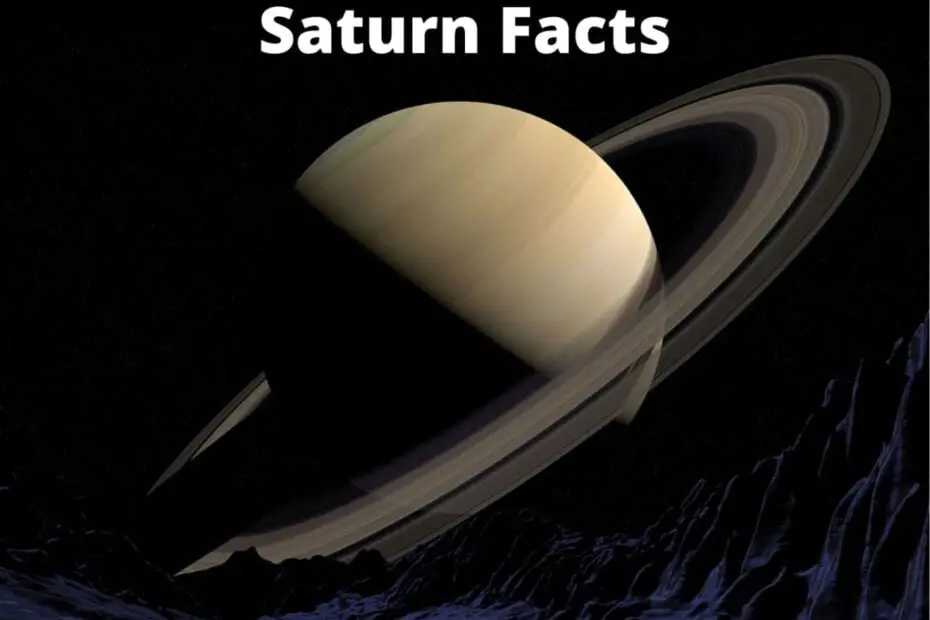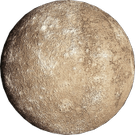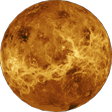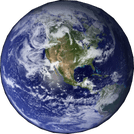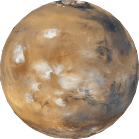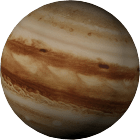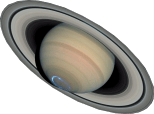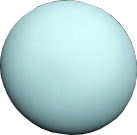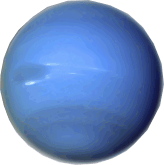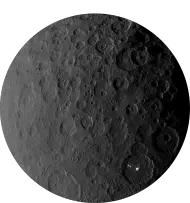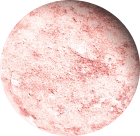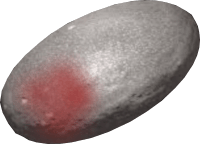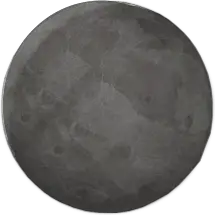After planet Jupiter, Saturn is the second-largest planet in our solar system. So knowing about the Saturn facts would be interesting.
- Saturn is the most distant object that was seen by ancient people. And so, this planet is known to us for thousands of years.
All giant planets have rings but Saturn’s rings are clearly visible from earth with normal telescopes. This planet is named after the Roman God of Wealth and Agriculture. It is the planet with the most moons (a total of 82 moons) and with beautiful rings.
Physical characteristics of Saturn:-
- Orbital period (1 year): 10759 days (29.5 years)
- Revolution period (1 day): 10 hours 42 minutes
- Average orbital speed: 9.70 km/sec around the sun
- The average distance from Sun: 9 AU
- Mean radius: 58232 km
- Mass: 5.7 × 1026 kg (95 times of earth)
- Volume: 8.3 × 1014 km3(764 times of earth)
- Average density: 0.687 gm/cm3 (Less than water)
- Surface gravity: 10.5 m/sec2(1.07 times of earth)
- Escape velocity: 35.5 km/sec
- Average surface temperature: -178 °C
- Moons: 82 moons
Saturn Facts
Apart from being the sixth planet from the sun, Saturn is 2nd largest planet in our solar system. So knowing the Saturn facts is one of the interesting things. Here you can find some interesting Saturn facts below:
⇒ Saturn is the farthest object known by ancient people
Before the invention of modern telescopes, our ancient people used to see it with the naked eye. It has been known to us since prehistoric times by our ancestors and has given names to many characters in mythology.
Babylonians and ancient Greek observed and recorded the movements of Saturn. Ancient Indians have a God name for this planet ‘ShaniDev’. As this planet was bigger and visible, so it was the farthest planet to be seen by the naked eye.
⇒ Planet Saturn has the most huge rings in the solar system
One of the most famous features of Saturn is its glorious ring system. All giant planets have a ring system but Saturn has the largest and most visible ring in our solar system. It is mostly made of ice and small dust particles.
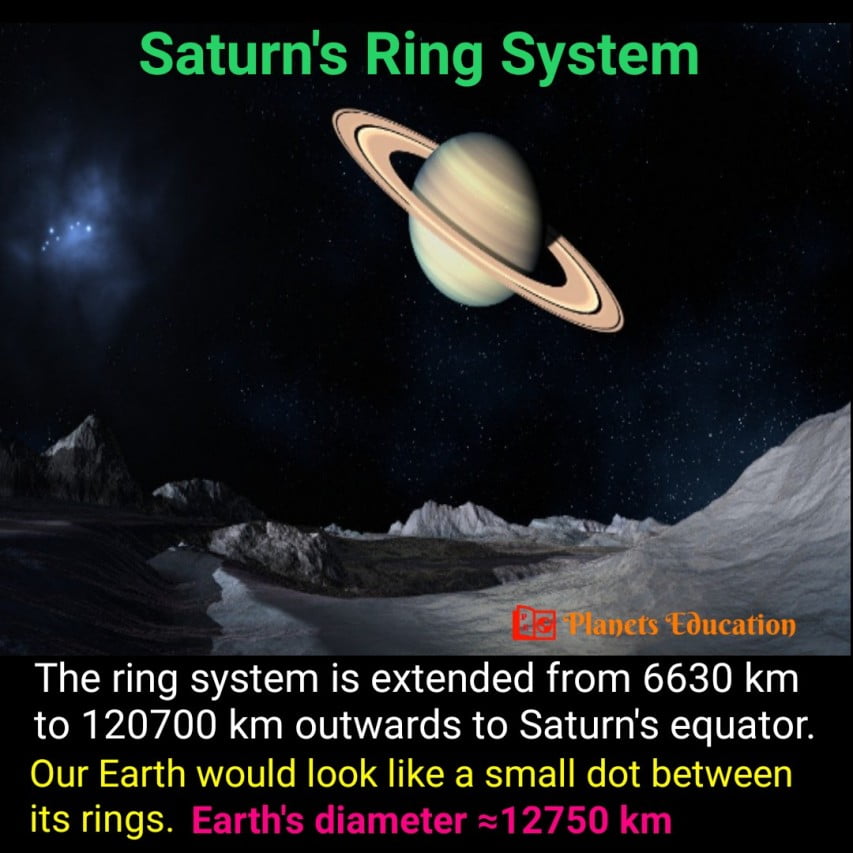
The ring system is extended from 6630 to 120700 km outwards to Saturn’s equator. The thickness of the rings is approximately 20 meters. Its ring system is divided into 7 groups ‘A, B, C, D, E, F, G’ and each group is closely packed with much smaller rings.
⇒ Saturn has a short day but long years
It’s one year is quite long compared to its one day. It takes 10759 earth days to complete one revolution around the sun, which is around 29.5 earth years long. Whereas it takes only 10 hours and 42 minutes approx to rotate around its own axis. Thus it completes one Saturnian day.
⇒ Saturn is a gas giant planet, but It might have a solid core
Giant planets are divided into two groups: 1. Gas Giant (Jupiter and Saturn), 2. Ice Giant (Uranus and Neptune). Saturn is a gas giant planet and hence it’s all made of gas particles.
- You can not stand on its surface as it is a gas giant planet.
Its outer atmosphere is mostly made of Hydrogen (96.3%) and Helium (3.25%) gases. According to an assumption of the Scientists, it also contains heavier elements and it might have solid elements inside the core.
⇒ Planet Saturn has 82 moons
Planet Saturn has almost 82 moons but only 53 moons are officially named. Whereas it has millions of moonlets within its ring system. Moonlets are comparatively small natural moons that orbit a planet.
Moon ‘Titan’ is the largest of Saturn and 2nd largest in the solar system with a diameter of approximately 5150 km. Saturn’s moon ‘Titan’ is larger than planet mercury.
⇒ Some of Saturn’s moon has the condition to support life
Saturn is a gas giant planet and has no surface. It also has a very low average temperature that is unnatural to adopt for any organism. So planet Saturn could not support life.
Whereas some of its moons like Titan and Enceladus could possibly support life. These moons have oceans and as we know water is the sign of life. And this could be one of the best Saturn facts if scientists are able to find the life possibility on any moons.
- Check about:- Saturn Moons: Number, Names, and Facts
⇒ Saturn is made mostly of Hydrogen and Helium
Its outer atmosphere is mostly made of Hydrogen (96.3%) and Helium (3.25%) gases. Ammonia, Ethane, Propane, and Methane gases also have been detected in the atmosphere of Saturn in a very low quantity.
The winds on this planet are the 2nd fastest wind amongst the solar system planets after Neptune’s. The wind speed on this planet can reach up to 1800 km/hr or 1100 mph.
- (Must read about – Atmosphere of the Earth)
⇒ Saturn has a hexagonal cloud pattern
There is a hexagonal wave/cloud/vortex pattern around the north pole of Saturn’s atmosphere. This hexagonal vortex was noticed and taken image by the Voyager probe. Each side of the hexagon is almost 13800 km long which is bigger than the diameter of the earth.
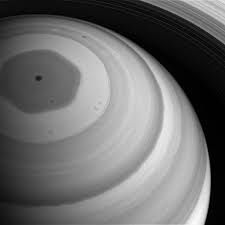
⇒ Saturn has a vortex bigger than earth at its south pole
Hubble Space Telescope took images of the south polar region of Saturn. It found the presence of a hurricane-like storm locked on the south pole. According to scientists’ estimation, these storms are present for billions of years.
The size of this vortex/storm on the south pole is bigger than the earth. Whereas the speed of the winds on it is more than 550 km/hr.
⇒ Saturn’s moon Titan is the 2nd largest moon
Titan is the largest moon of Saturn and 2nd largest satellite/moon of our solar system. Jupiter’s moon Ganymede is the largest moon in the solar system.
Titan is the only known moon that has a dense atmosphere. It is larger than planet Mercury, 50% larger than our earth’s moon, and 80% more massive than earth’s moon.
⇒ Four spacecraft have visited Saturn so far
A space probe ‘Pioneer 11’ was launched by NASA and flew near to Saturn in 1979.
‘Voyager 1’ and ‘Voyager 2’ also visited the Saturn system. Voyager 1 sent the first clear image of the planet, its moons, and its ring system.
Cassini-Huygens spacecraft entered Saturn’s orbit in 2004. It sent the images of the Titan’s large lakes, and islands, and mountains.
⇒ The day Saturday was named after the planet Saturn
Planet Saturday was famous for giving a character name since ancient times. The day Saturday was named after the planet Saturn. In India, Planet Saturn is known as ‘Shani’ and thus Saturday is known as ‘ShaniVar’.
⇒ It can float on water: Best Saturn facts
One of the best Saturn facts is, it can float on water. Because it is made of gases and the density is much lesser than water. The average density of the planet Saturn is 0.687 gm/cm3, whereas the water density is almost 1.0 gm/cm3.
These were some interesting Saturn Facts that you must know. Still, it has a lot of mystery, and scientists continuously research it.
Check below some other planet and dwarf planets facts.
